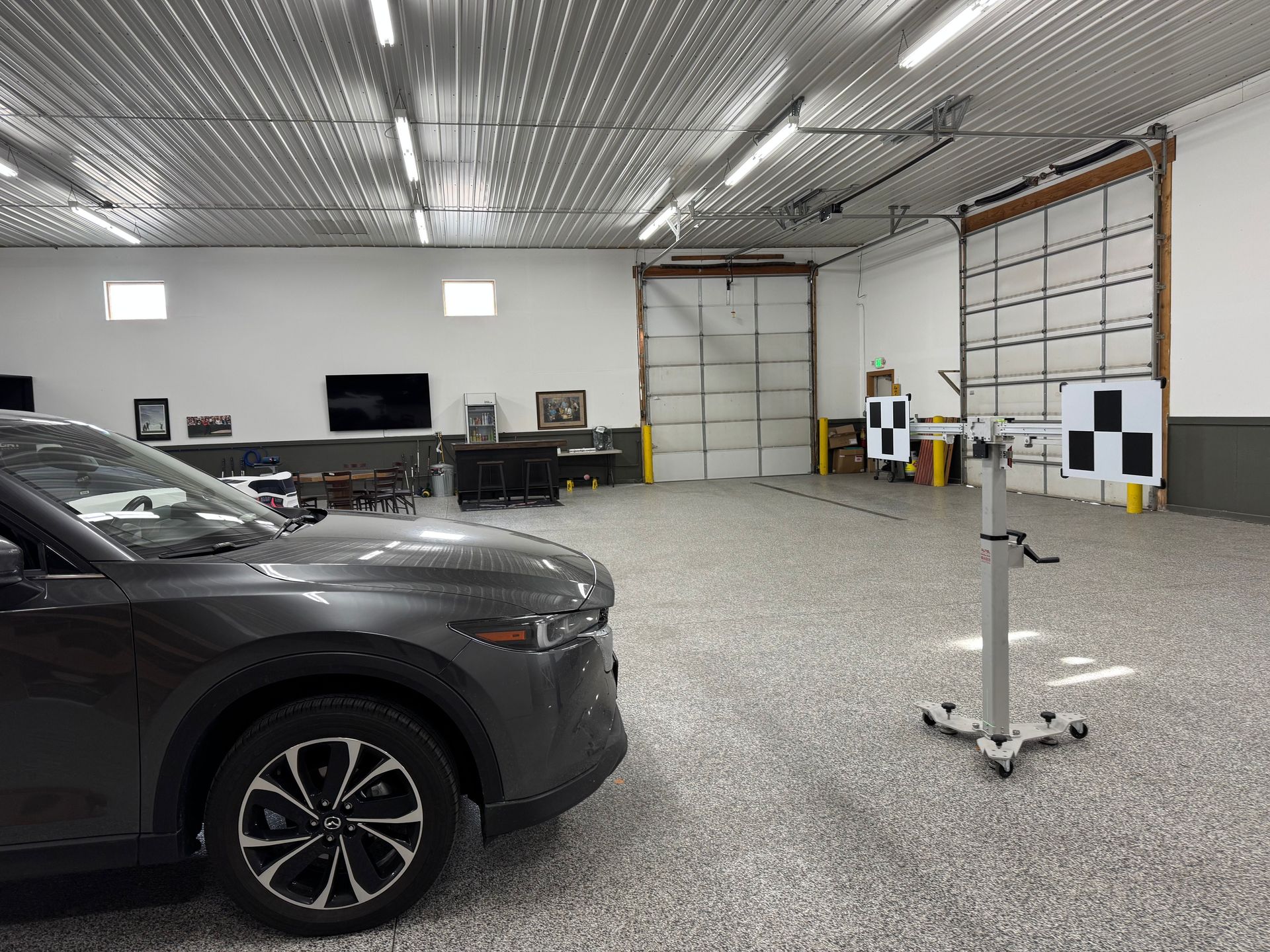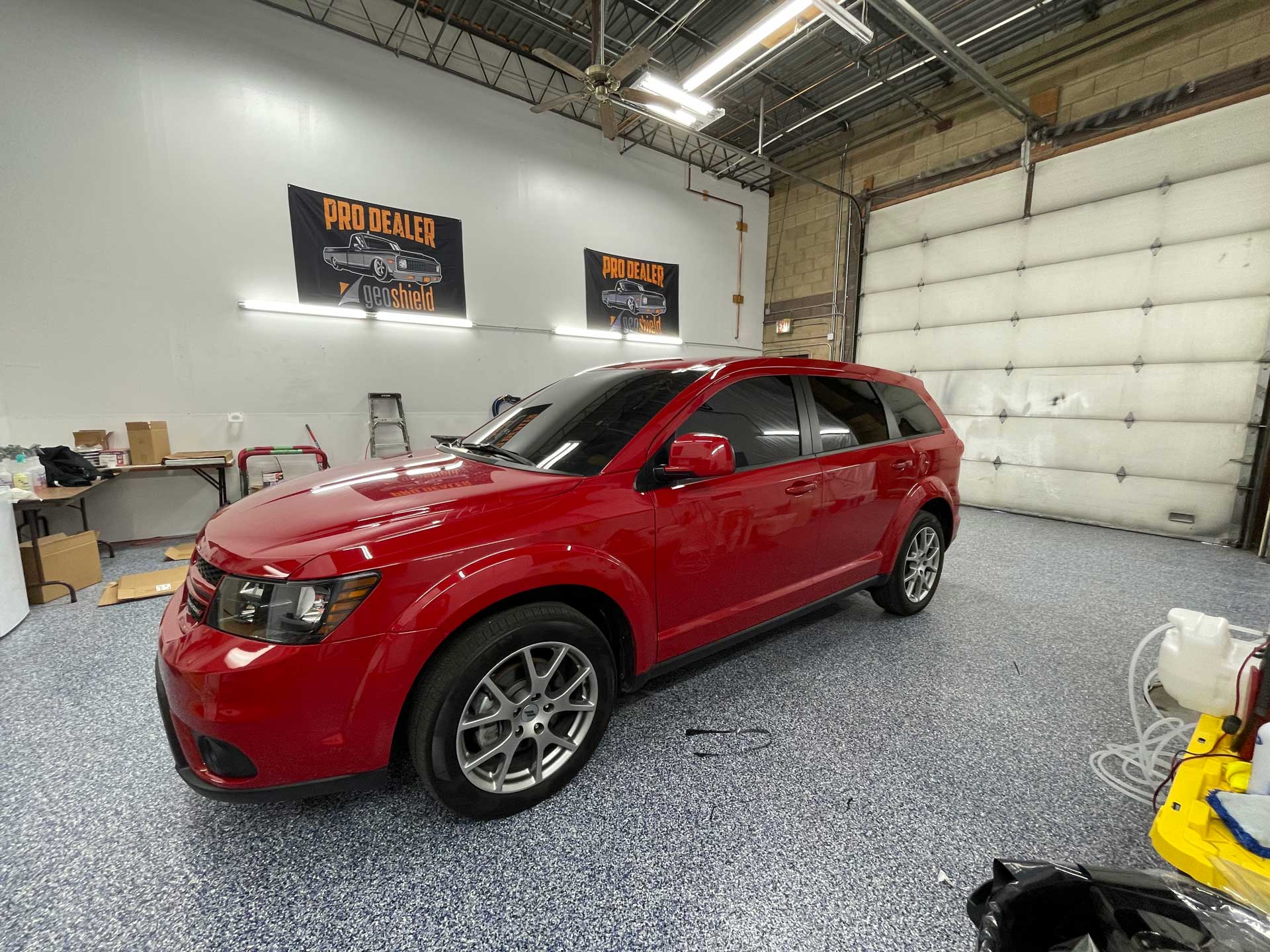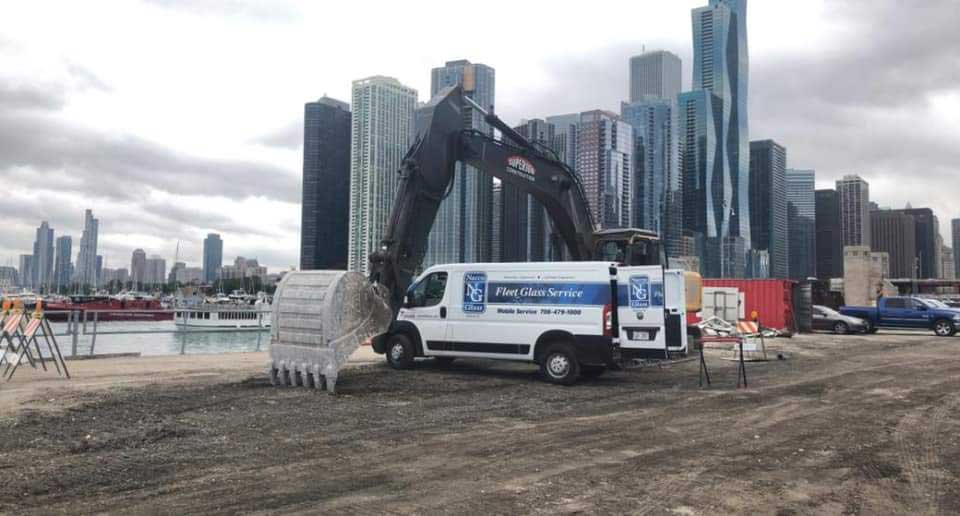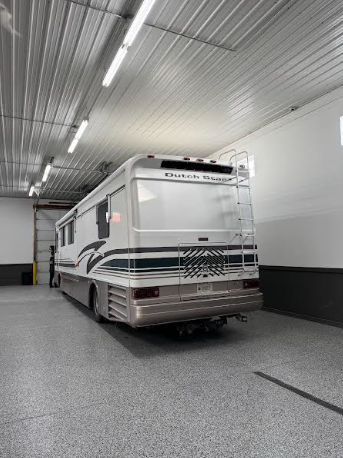Standard Features of ADAS: Enhancing Vehicle Safety and Driving Experience
9 ADAS Features That Improve Driver Safety and Convenience
In recent years, Advanced Driver Assistance Systems (ADAS) have revolutionized the automotive industry by significantly improving vehicle safety and elevating the driving experience. These intelligent systems use sensors, cameras, and radar to monitor the vehicle's surroundings and assist drivers in making safer, more informed decisions. As technology continues to evolve, ADAS features are becoming standard in many cars, making roadways safer for everyone. Let’s explore some of the most common ADAS features that are transforming the way we drive.
1. Adaptive Cruise Control (ACC)
Adaptive Cruise Control is an advanced version of traditional cruise control. It automatically adjusts the vehicle's speed to maintain a safe following distance from the car ahead. Using radar sensors, ACC can accelerate or decelerate the vehicle to match traffic flow, reducing driver fatigue on long trips and minimizing the risk of rear-end collisions. This feature enhances safety while providing a more relaxed driving experience.
2. Lane Departure Warning (LDW) & Lane Keeping Assist (LKA)
Lane Departure Warning alerts drivers if they unintentionally drift out of their lane without signaling. It uses cameras to monitor lane markings and issues visual or auditory alerts to grab the driver’s attention. Lane Keeping Assist takes this a step further by gently steering the vehicle back into its lane if it detects unintended lane departure. These features are crucial for preventing accidents caused by drowsiness, distraction, or momentary lapses in focus.
3. Automatic Emergency Braking (AEB)
One of the most vital safety features, Automatic Emergency Braking detects potential collisions with obstacles, pedestrians, or other vehicles ahead. When the system senses an imminent crash and the driver doesn’t respond in time, it automatically applies the brakes to reduce the impact's severity or avoid the collision altogether. AEB significantly enhances safety, especially in urban driving conditions where sudden stops are common.
4. Blind Spot Detection
Blind Spot Detection systems help drivers monitor areas that are difficult to see using side mirrors alone. Sensors on either side of the vehicle can detect vehicles in adjacent lanes and alert the driver via visual indicators on the mirrors or dashboard. Some systems also include Blind Spot Intervention, which can gently steer or brake the vehicle if a lane change is initiated while a car is detected in the blind spot, further preventing collisions.
5. Rear Cross Traffic Alert (RCTA)
When reversing out of parking spaces or driveways, Rear Cross Traffic Alert warns drivers of approaching vehicles from either side. Using sensors and cameras, RCTA reduces the risk of backing into fast-approaching cars or pedestrians, making reversing safer and more confident.
6. Parking Assistance
Parking Assistance systems use sensors and cameras to help drivers park accurately and safely. Features like 360-degree cameras and automated parking assist with maneuvering into tight spots with minimal effort. These systems reduce the stress associated with parking, especially in congested areas, while preventing parking-related accidents and damage.
7. Traffic Sign Recognition (TSR)
Traffic Sign Recognition systems use cameras to identify and interpret road signs, such as speed limit, stop, and no-entry signs. The system displays these signs to the driver on the instrument cluster, helping maintain awareness of current road regulations and promoting safer driving habits.
8. Driver Monitoring Systems (DMS)
Driver Monitoring Systems track driver alertness and attention levels—using cameras and sensors—to identify signs of drowsiness or distraction. When signs of fatigue are detected, the system typically issues alerts or recommends taking a break, thereby reducing the chances of accidents caused by inattentiveness.
9. Forward Collision Warning (FCW)
Forward Collision Warning monitors the distance to objects ahead. If it detects an increased risk of collision, the system alerts the driver via visual or auditory signals, prompting timely action. Coupled with Automatic Emergency Braking, FCW is instrumental in preventing rear-end collisions, especially in stop-and-go traffic.
ADAS features are transforming vehicles into more intelligent and safer mobility solutions. By integrating technologies like adaptive cruise control, lane assist, automatic emergency braking, and blind-spot detection, these systems significantly reduce accidents, save lives, and improve comfort.
Does Your Windshield Need ADAS Calibration in Mokena, IL, or St. John, IN?
If you suspect your
ADAS systems need calibration in
Schererville,
Crown Point,
Merrillville, or
Munster, IN, or in
Frankfort,
Orland Park, or
Tinley Park, IL, contact us at Nacco Glass. Our expert technicians have the tools and experience needed to calibrate your ADAS systems correctly, so you feel safe every single time you drive.








